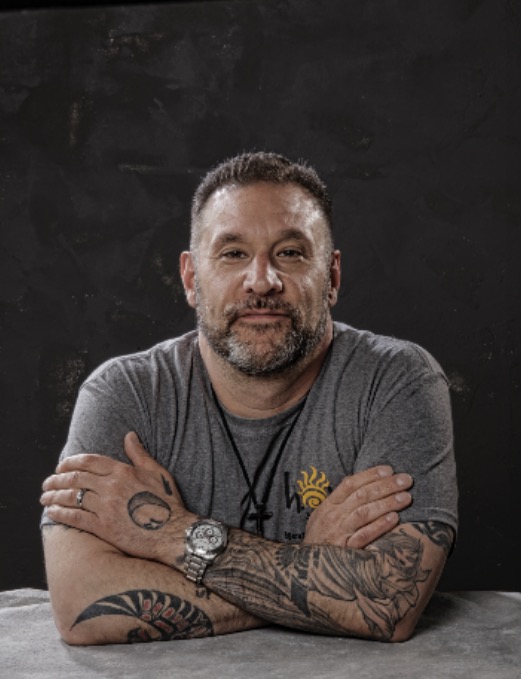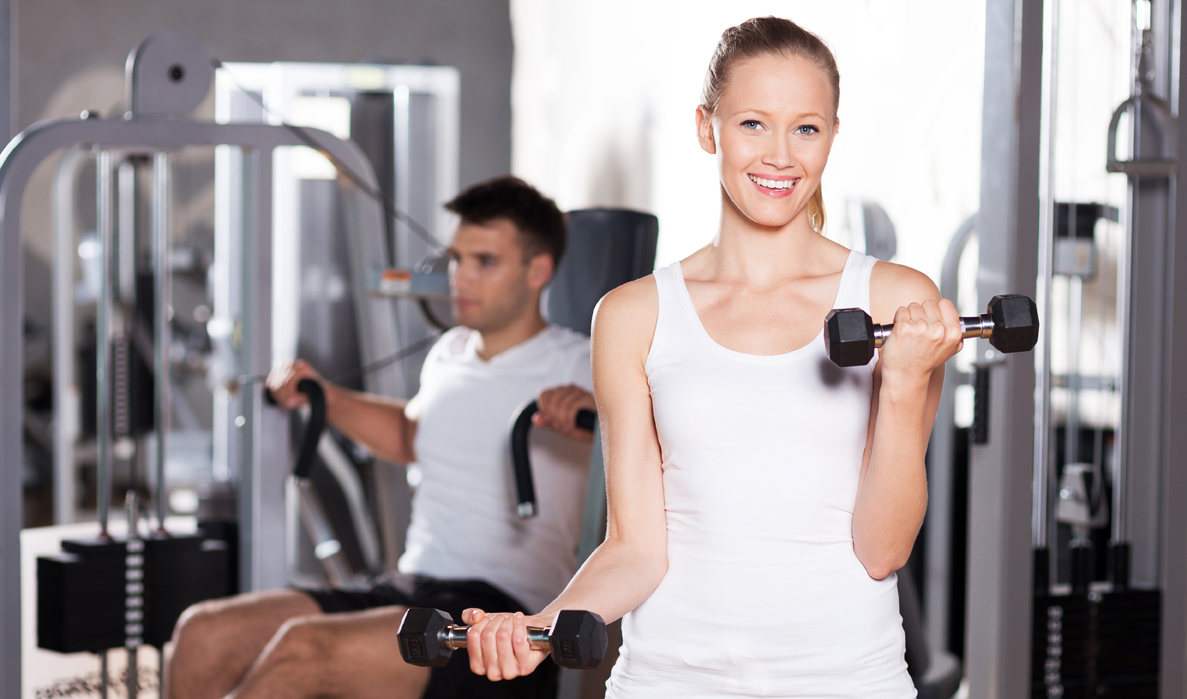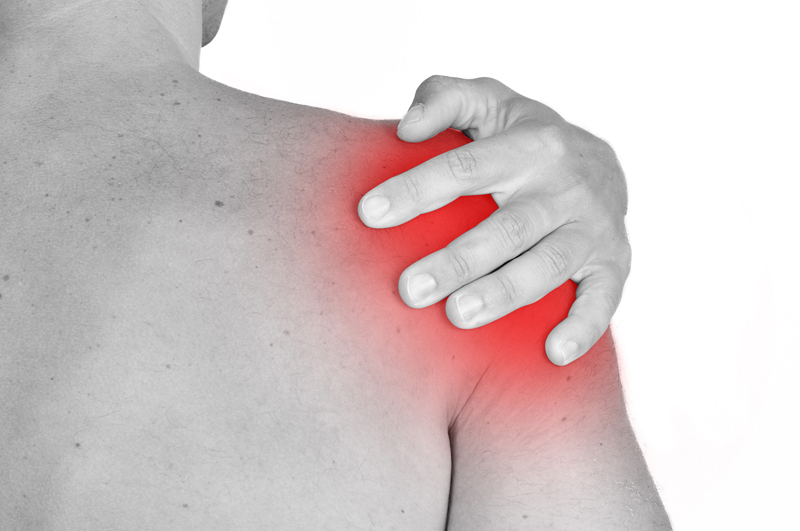Healthy Aging: A Paradigm Shift to Prevention
In a previous article about A Paradigm Shift to Personal Responsibility, I set up the premise that the healthcare system is technologically driven and derives its results through partnerships with the insurance industry, government, pharmaceutical industry, medical profession and the hospitals that deliver services to patients.
Given the complexity of the system, patients have have to learn to navigate it to get the proper guidance, access and information from the right people at the right time for the right results. Moreover, the system is laden with traps in the form of its many “hidden” extra costs which means that going down the wrong route can turn into an expensive mistakes. Therefore, I believe that people need to become educated on the value of prevention by living a life that represents the core values of “wellness” and all that this word has come to mean over the past two decades.
 A Definition of Wellness
A Definition of Wellness
In 1993, I prepared a presentation for the Association of Human Resource Professionals entitled “Improving Health in The Workplace”. I designed it as a proposal to encourage corporate managers to see the value and importance of prevention through the eyes of the employee in partnership with the company. My intention was to develop a “win-win” model whereby the company enhanced employees’ lives by investing in programs that would help create a “workplace health consciousness”. This would assist people in making healthier choices thereby improving productivity and performance. The company would benefit in the form of fewer days of work missed and the cost of healthcare would decline as well.
Needless to say, the presentation did not net me any new corporate clients but it did yield a couple of wonderful personal training clients. My thought process was focused on personal health and fitness services delivered on site, but being a single fitness provider the idea was probably too impractical to pursue. My presentation focused on the individual and its takeaway messages was:
We are what we eat, we are what we think, we are what we do, we are what we feel, and finally we are what we believe.
My idea was that if we become healthy in our thinking and expression first, then our bodies will follow suit: our new thought patterns will foster the adoption of new attitudes and behaviors. This model is just as true today as it was back in 1993 because wellness is not fitness – it is a consciousness of health that is ingrained in what we value most about our life and what that means to us.
The Values of Wellness and Prevention
I think it only fair to share with you my vision statement because it goes to the heart of why I am a proponent of healthy aging and believe prevention comes from “within” us as we focus on our choices while living in the present.
Healthy aging is a consciousness issue. It is not merely the death of our cells but is a complex and dynamic process that is grounded in CHANGE as life unfolds for each of us. The challenge, as I see it, is in discovering the potential that lies within us to become all we were meant to be – mentally, physically, and spiritually. This potential can carry us to living a life of fulfillment, peace, and prosperity if we remain PRESENT during each moment of our life – living consciously. Learning about who we are from the “inside-out” while acting upon our choices in the present, enables and empowers us to live a life of great accomplishment. This is my vision of a world that is possible.
I see now that what I envisioned for healthy aging will disappear in the world of the iPhone and other technologies if we do not become active players in the awareness of our own body and other sources that can control our thoughts and other processes. The goal of prevention is to “catch” the stressors BEFORE they create “dis-ease” in the body causing chronic conditions such as cancer. The problem is that the tests and the other “preventative” measures being used today only catch problems AFTER they have started to take hold in our bodies.
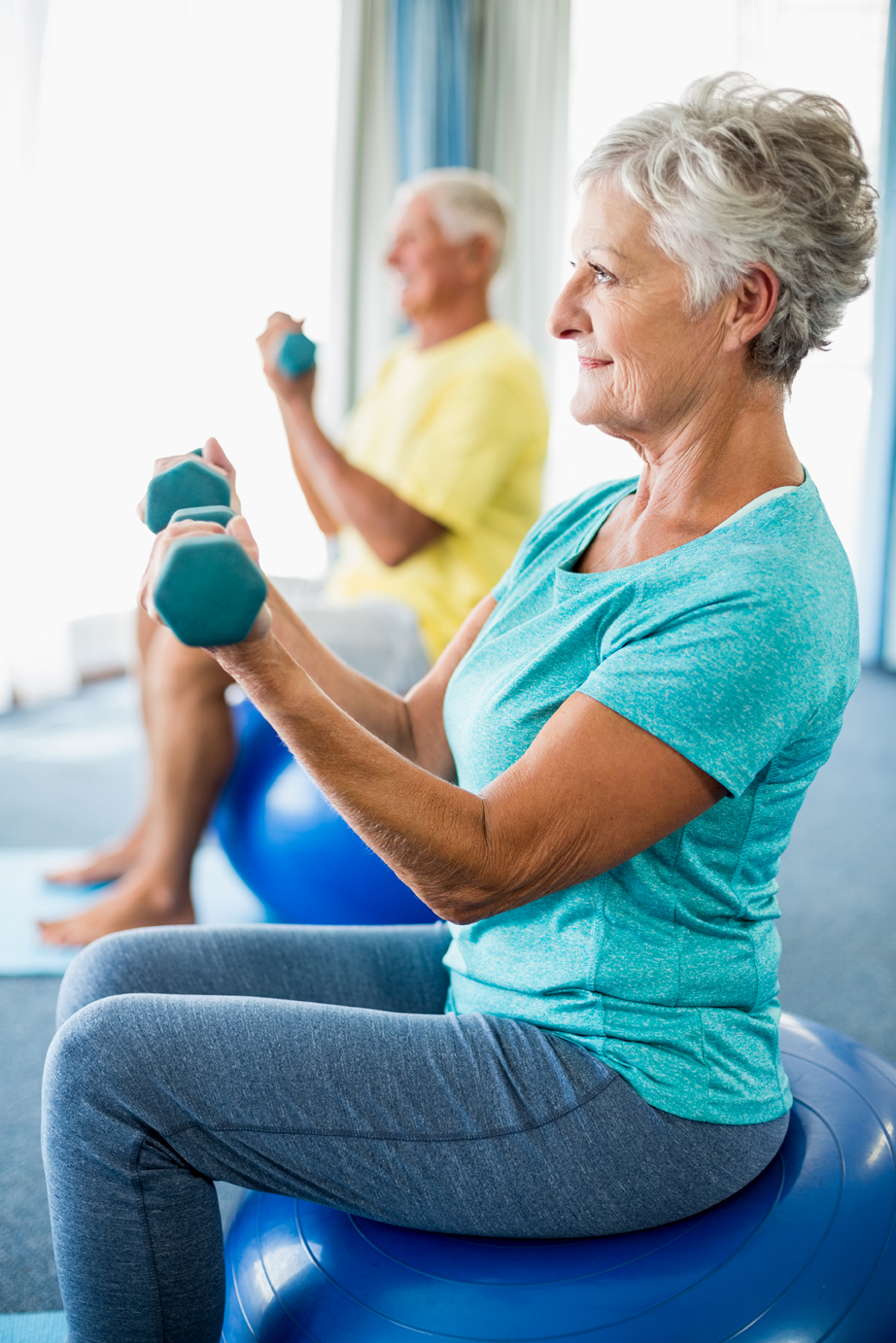 The Power of Five
The Power of Five
1. The Power of Thought: Thinking is life. What we think we become. Everything in life evolves from thought. From this power comes our imagination, affirmations and ability to visualize outcomes. Dreams come from our thoughts. Disneyland was once a thought in Walt Disney’s mind. If we are staring at our phones over 200 times a day (which has been tested), we are missing out on our life and the changes that are occurring right before our eyes.
2. The Power of Change: “Change is the only constant in the natural order” as one of my favorite teachers taught me back in 1982. How we deal with change and address the challenges that change brings, plays a key role in whether we can go with the flow – or remain stuck where we are. Comfort zones keep us trapped in the place where change becomes almost impossible to embrace, but if we learn to let go of the past and embrace who we are in the present, life becomes so much more rewarding. “Go with the flow” is the best advice I can give when dealing with ALL change – it makes life so much easier and rewarding.
3. The Power of Choice: Choice is the real point of power in life. We “choose” every day of our life: whether we to go to work, go to the store, play with our kids or plan our futures. The point of making choices in the present is to create what you want from your life – and in your life. If you choose your health you will become active without excuses. You will eat well. You will entertain uplifting and loving thoughts. You will express yourself gently to those you love. You will not demand but forgive. You will value your every experience and be grateful for your gifts. This is to choose life in all its wonder and potential happiness.
4. The Power of Belief: Believing in yourself is always the place to begin. Believing in your potential to accomplish great things and to make a difference in the world takes work but it is possible with proper reflection and thought. “If you can conceive and believe, you can achieve”. This is true in all areas of life. Take responsibility for your beliefs and if they need to be altered or replaced – do so. Don’t wait until you are sick and tired and finally unable to believe at all in something more than your own life. Affirmations, meditation and reflection in quiet moments are ways to check in on your current beliefs. If you believe in yourself, anything is possible.
5. The Power of Consciousness: “The mind of man is unlimited in its potential and responds to specific demands made upon it”. This is another statement of belief I hold. I believe in opening my mind to new ideas and thoughts. I can create new and exciting ideas and some of these become realities in the world. This very piece of writing was an idea that is now materialised in the world to inspire others. My consciousness is one of hope and faith that I am being guided to create programs that will help people of all ages grow in consciousness so that they too can benefit from the ideas that others shared with me over the past 40 years.
Living in the present is challenging given the world we live in and all the demands that are placed upon us. We are on call 24/7 if we choose to let ourselves be taken in that direction. I refuse to let myself get taken into the world as Steve Jobs envisioned it. His world is not my world. I believe in the freedom to create my life by making the choices that are appropriate for me at any given time. Make your choices consciously and respond to your life and the changes it brings you by not resisting them. Be open and receptive to them. Thinking is the key. Think “through” your life. Do NOT react to outside pressures. Only then you will be able to enjoy the journey. This is true prevention.
Originally printed on HealthyNewAge.com. Reprinted with permission from Nicholas Prukop.
Nicholas Prukop is an ACE Certified Personal Trainer & a Health Coach, a fitness professional with over 25 years of experience whose passion for health and fitness comes from his boyhood in Hawaii where he grew up a swimmer on Maui. He found his calling in writing his first book “Healthy Aging & You: Your Journey to Becoming Happy, Healthy & Fit” and since then he has dedicated himself to empowering, inspiring and enabling people of all ages to reach for the best that is within them and become who they are meant to be – happy, healthy and fit – and be a part of a world where each person can contribute their own unique gifts to life.
If you need help in designing a fitness plan, you can contact Nicholas Prukop via email at runningnick@sbcglobal.net or read his inspiring book Healthy Aging & YOU


 Some tips to create a sleep friendly bedroom:
Some tips to create a sleep friendly bedroom: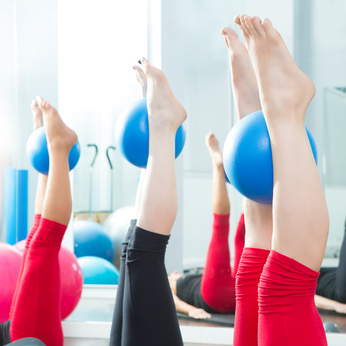
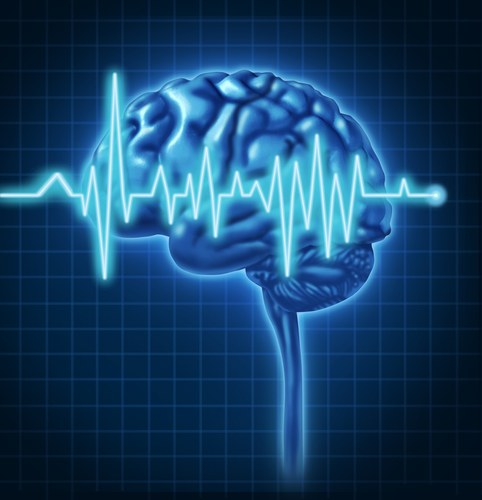
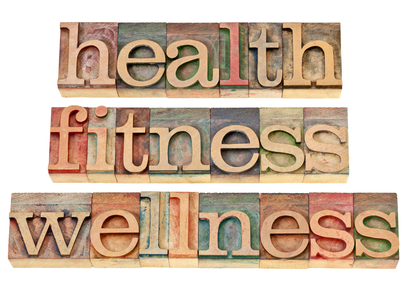 Getting fit expands your mind.
Getting fit expands your mind.
 Each year there are many studies conducted to determine the number of children suffering from mental illnesses, what these illnesses are and how many children and teens are seeking help.
Each year there are many studies conducted to determine the number of children suffering from mental illnesses, what these illnesses are and how many children and teens are seeking help. How to Talk About Mental Health
How to Talk About Mental Health